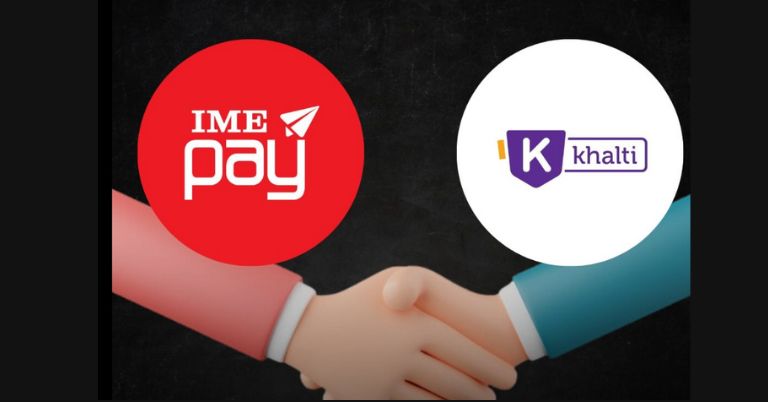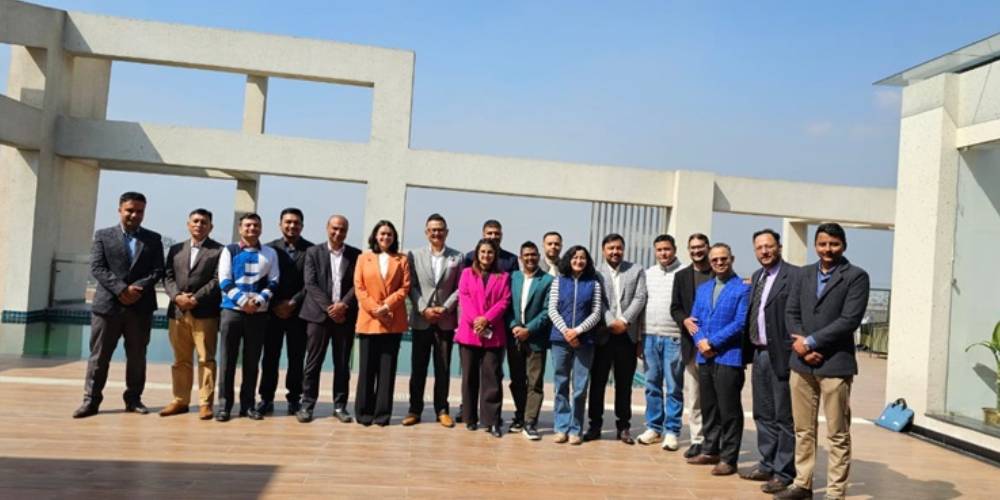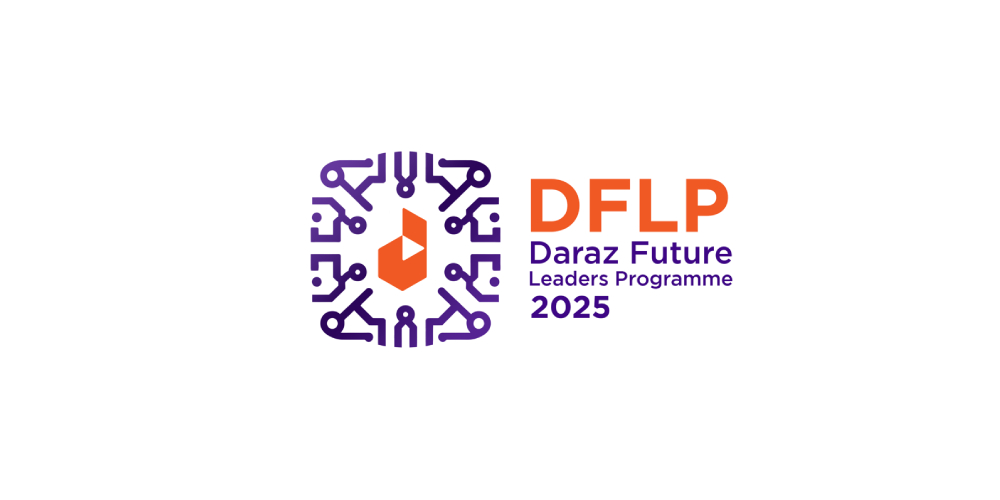Kathmandu-In a country where access to quality healthcare remains a challenge for many, one visionary doctor has transformed the way medical services reach patients. Dr. Bishal Dhakal, a Nepali medical professional with a global outlook, pioneered a healthcare model that breaks the traditional hospital-centric approach by delivering comprehensive medical care directly to patients’ homes. Since its inception in 2009, Health at Home has emerged as a trailblazing platform in Nepal and South Asia, redefining healthcare accessibility, affordability, and convenience.
The Genesis of a Healthcare Revolution
Dr. Bishal Dhakal’s journey into healthcare innovation began with a simple but profound observation: while medical education and practice focus heavily on hospital care, little attention is paid to what happens after patients leave the hospital. “Textbooks teach you about hospitals,” he says, “but they don’t say what comes next when patients return home.” This gap in continuity of care inspired him to envision a system that extends medical attention beyond hospital walls, into the very homes of patients.
This vision materialized into the platform Health at Home, which offers a wide array of medical services in the comfort of patients’ residences. At a time when telemedicine and home healthcare were still nascent concepts in Nepal and the broader South Asian region, Dr. Dhakal’s initiative was a pioneering leap forward.
Comprehensive Healthcare at Your Doorstep
Unlike traditional home visit services that were informal and limited, Health at Home is a fully integrated healthcare ecosystem designed to cater to diverse patient needs. It offers:
-
General medical consultations by qualified doctors
-
Home nursing care for bedridden, elderly, or chronically ill patients
-
Laboratory tests, vaccinations, and medicine delivery at home
-
Physiotherapy and rehabilitation services
-
Psychological counseling and mental health support
-
24/7 health consultation via phone and digital platforms
The platform operates both on-demand and through subscription models, allowing patients to tailor services according to their medical requirements. Whether it’s a routine checkup or management of long-term health conditions, patients can access certified medical professionals without the hassle of hospital visits.
Currently, Health at Home facilitates daily home visits by over 10 doctors and is supported by 30 to 40 nurses across Kathmandu and surrounding areas. To date, more than 5,000 patients have subscribed to the service, and over 13,500 doctors have utilized the platform to extend their care beyond clinics.
Bridging the Healthcare Gap: Accessibility and Affordability
Dr. Dhakal emphasizes that Health at Home is not designed to compete with private hospitals but to serve a demographic often underserved by urban healthcare facilities—working families, elderly individuals, and physically challenged patients who face difficulties in accessing hospital care.
“A family living in Pepsi-Cola, Kathmandu, might spend a significant amount just to reach Bir Hospital by taxi,” he explains. “When you add waiting times, food expenses, and the stress on caregivers, hospital visits can become exhausting and costly.” Health at Home offers a dignified, cost-effective alternative, enabling patients to receive quality care in a familiar environment.
This model is especially valuable for patients with mobility issues, chronic illnesses, or those requiring frequent monitoring, reducing the burden on both patients and their families.
The Inspiring Journey of Dr. Bishal Dhakal
Born in Mahottari district, Dr. Dhakal’s educational path took him from Janaki Boarding School in Janakpur to medical studies in India and Russia. After completing his MBBS, he returned to Nepal for clinical work in Dharan and later worked in a private clinic in Kathmandu.
His time at King Edward Medical University in Lahore, Pakistan, where he specialized in cardiac surgery, was pivotal. There, he witnessed firsthand the struggles patients faced after hospital discharge—complications like infections, delayed recovery, and strokes that often went unaddressed due to lack of follow-up care.
Motivated to find a solution, Dr. Dhakal researched healthcare delivery models worldwide and realized that South Asia lacked formal systems for home-based medical care. This insight led him to launch Health at Home in 2009, bringing a fresh perspective to Nepal’s healthcare landscape.
A Concept Ahead of Its Time
Despite being a novel idea, Health at Home quickly gained traction. “Who wouldn’t want to make a single call and have a doctor visit a bedridden loved one?” Dr. Dhakal reflects. The platform resonated strongly with working professionals, elderly patients, and families managing chronic diseases, offering both emotional relief and professional medical support.
The convenience of receiving care at home, combined with the reduction of logistical and financial burdens, made Health at Home a trusted name in Nepali healthcare.
Embracing Technology: The Hybrid Healthcare Model
Health at Home has evolved into a “Hybrid Tech” company, blending traditional healthcare delivery with modern digital tools. Initially, patients accessed services primarily through phone calls. Today, the platform leverages multiple communication channels such as Gmail, WhatsApp, Viber, and other digital platforms to facilitate seamless interactions.
Currently, Health at Home is undergoing a digital transformation that includes:
-
Development of a dedicated Doctor at Home mobile application
-
Introduction of video consultations for remote diagnosis
-
Online appointment booking systems
-
Plans to incorporate data science and artificial intelligence to provide personalized healthcare recommendations
This tech-driven approach ensures the platform remains responsive to patient needs while aligning with global healthcare trends.
Overcoming Challenges: The Road to Success
Building a home-based healthcare service in Nepal was not without obstacles. Infrastructure limitations, especially in terms of computing power and data analysis capabilities, posed significant challenges. To overcome these, Health at Home collaborated with international experts and utilized foreign technology for data processing, while managing service delivery locally.
Funding was another hurdle. The project began without substantial grants or financial support, relying heavily on Dr. Dhakal’s passion and determination. This journey of perseverance underscores the spirit of innovation thriving in Nepal despite resource constraints.
The Future of Healthcare in Nepal
As Nepal’s urban population expands and digital connectivity improves, the demand for accessible, patient-centric healthcare is expected to rise exponentially. Platforms like Health at Home are uniquely positioned to lead this transformation, not only within Nepal but potentially across South Asia.
Dr. Dhakal’s vision has laid the groundwork for a new healthcare paradigm—one that prioritizes convenience, dignity, and comprehensive care. By bringing doctors and medical services directly to patients’ doorsteps, Health at Home is setting a benchmark for future healthcare delivery models.
Why Health at Home Matters
-
Improves healthcare access for vulnerable populations
-
Reduces hospital overcrowding and healthcare system burden
-
Enhances patient comfort and satisfaction by providing care in familiar surroundings
-
Supports caregivers by easing logistical and emotional stress
-
Leverages technology to expand reach and improve service quality
Dr. Bishal Dhakal’s Health at Home initiative is more than a healthcare service—it is a movement that challenges traditional healthcare delivery and brings the future of medicine to the present. By combining compassion, innovation, and technology, Health at Home has transformed the healthcare experience for thousands of Nepalis and holds the promise of reshaping healthcare across the region.
As Nepal continues to embrace digital transformation and patient-centered care, Health at Home stands as a shining example of how visionary leadership and relentless dedication can break barriers and build healthier communities.






























Comments